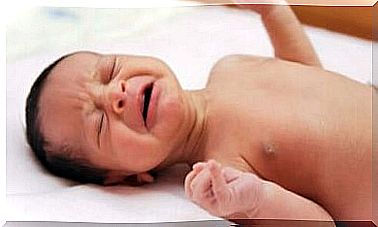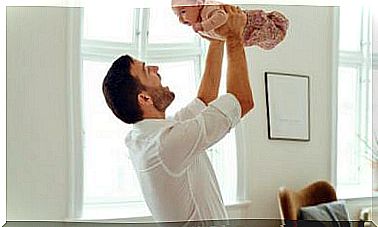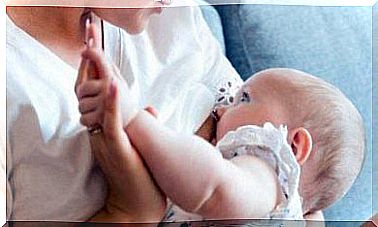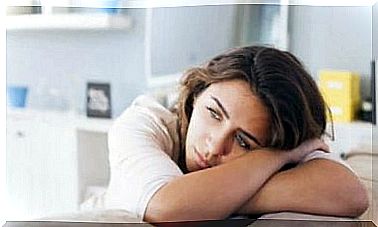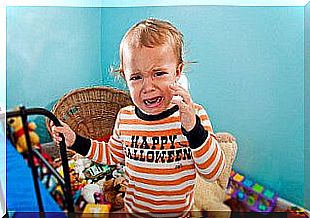Collisions And Falls: How Should We Behave In The Face Of A Possible Accident?
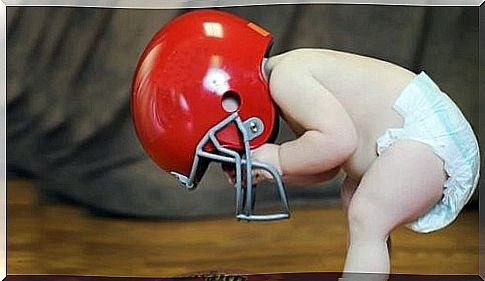
What is the common factor present in every child’s life? Undoubtedly, suffering small accidents, especially bumps and falls, as a consequence of his curiosity or the lack of the notion of danger. For this reason, avoiding and dealing with mishaps of this kind is one of the tasks of any parent.
Don’t you think you are the only parents to have an “earthquake” child? Of course, no: most children explore and experiment, and are therefore prone to bumps and falls of varying degrees, even if they have a quiet temper.
It is inevitable that children spend a good part of the day jumping, running and playing, to consume energy. As a result of all this movement, they often end up suffering some accidents. Although there are rules that can prevent them, you should not prohibit them from physical activity, which guarantees good physical and mental development.
So how can we prevent these accidents? And how should we behave when they happen? Find out how to remedy this maternal concern by reading this article from We Are Moms.
Prevention is better than cure…
Bumps and falls represent a real possibility within the home and school environment, as well as being among the most commonly occurring accidents. For this reason, it is not enough just to act once the child is hurt, but you also need to know how to prevent them in the most appropriate way.
Since bumps and falls are among the most common causes of childhood trauma within the home, safety and protection in the home must be introduced into the family routine in the form of golden rules. Of course, the idea is not to over-protect your child, but, on the contrary, to give him security and freedom.
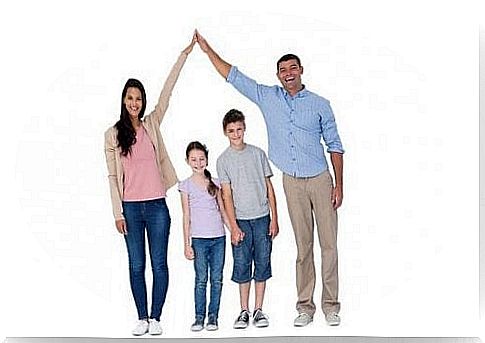
To this end, it will be essential to create an environment and context suitable for children. In other words, free of risks and dangers for the little ones. To do this, you need to take into consideration the following aspects:
- Place protective bars on stairs, beds and windows. Also, equipped with latches the doors of the house and the doors of the low cabinets.
- Place silicone covers, generally rounded, on the edges of the furniture and dressers.
- Keep appliances and utensils out of the reach of children.
- Supervise the little ones when they are in the bathtub, and place a non-slip mat inside the bathtub.
- Supervise the baby’s games and toys to prevent them from getting hurt by using them.
- Make sure that the passageways are free of obstacles. The floors of all rooms in the house must be free of clothing and toys.
- Make sure that there is always good lighting in the house, to avoid slips and falls.
- Do not leave small children on high surfaces, such as changing tables and stools.
- Avoid using the walker, which often causes domestic accidents.
- Teach your child the importance of wearing protective gear when out on a bike or rollerblading. Put on their helmet, knee pads and elbow pads to protect them.

How to deal with bumps and falls?
There are occasions when all of our precautions have no effect. In these cases, a number of factors will need to be considered when assessing the severity of the accident. The most common consequences are bruises, joint injuries (sprains, dislocations) and fractures.
The appearance of inflammation or swelling on the affected area indicates the presence of an internal trauma, generally accompanied by more or less intense pain. If the victim experiences pain in the presence of swelling, do not force the child to move or stand.
Likewise, the ideal is to keep the affected region at rest from any bumps and falls. The baby should be prevented from moving while applying a cold pack locally to soothe the pain. Based on your child’s development, consider going to a pediatric doctor’s office or calling the emergency room.
If your child hit his head during the incident and then bleeds from the ear, vomits, or experiences a sudden loss of consciousness, do not hesitate to seek urgent help. Also remember that, in this case, the little one will not be able to fall asleep for at least two hours.
What needs to be considered in these circumstances?
In the event that your child is the victim of bumps or falls, you can evaluate a series of factors that will help you understand whether it is worthwhile to go to a medical center or if it is possible to resolve the consequences of the accident at home.
- Impact intensity. In this case it will be necessary to take into account the height from which the fall occurred and the initial force exerted by the child during the accident.
- Bruise area. The most sensitive regions are the face, neck and joints. The blood vessels in the face can give rise to conspicuous reactions.
- Reaction of the child. It is superfluous to recommend that, in case of inconsolable crying or loss of consciousness, we must rush to the doctor urgently to rule out the possibility of serious injury.
- Appearance of the lesion after the impact. There may be redness, bruising, or hematoma.


